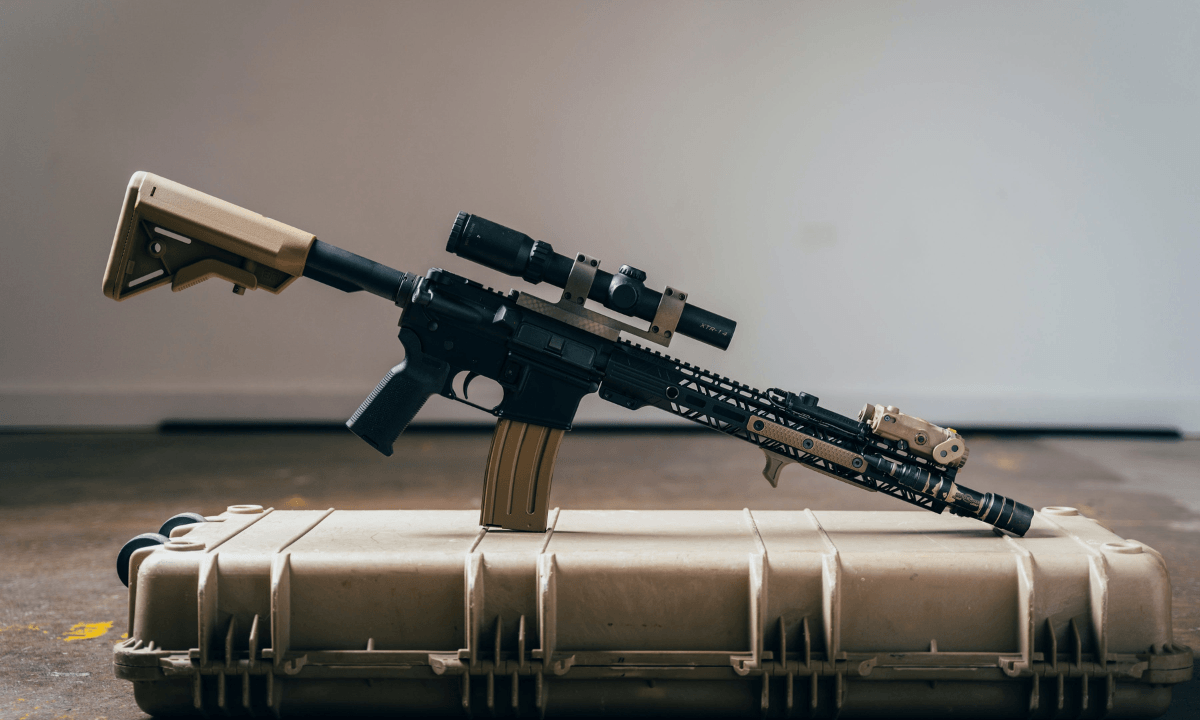Building a rifle is one of the most adventurous DIY projects you can ever do. The thrill of skillfully assembling different components of a rifle to see a rifle that actually works is unmatchable. It is possible to build a high-end, custom-made precision sniper rifle by hand, but it will require time and money. In this article, we have got you covered if you’re a newbie who wants to get started on a budget.
Using unfinished gun components, we’ll demonstrate how easy it is to build an AR-15 with an 80 lower AR-15 at home. To build a rifle, you need to gather each component separately, starting with the upper receiver and working down. The lower receiver, barrel, upper receiver, BCG (bolt carrier group), gas system length, and handguards play an essential role in the AR-15 rifle building process. In this article, we will share how to choose the AR-15 rifle’s upper and lower parts:
Choosing AR-15 Rifle Lower
On the bottom, there are various versions:
- Billet Aluminum Lower
- Cast Aluminum Lower
- Forged Aluminum Lower
- Polymer Lower
According to experienced polymer AR lower owners, it is far lighter than most other options. The polymer design’s front hinge pin was first feared to be fragile; however, this has been proven to be false.
People have complained that the buffer tube threading can break, though this is not true. Choosing a polymer lower might be risky if it hasn’t been well evaluated over time. Testimonials are plentiful on firearms forums and similar sites. Cast aluminum lowers are an option if you’re on a restricted budget. When they’re pre-made and may be created at home for big savings, they’re reasonably priced. When liquid metal is put into the mold, it hardens into cast aluminum lowers.
Choosing AR-15 Rifle Upper
Uppers are a little more complicated than lowers because they have two unique systems—a direct impingement and a piston system in an AR pistol. It is common for the regular M4 AR-15 model to have a direct impingement mechanism. The piston in a piston system is permanently attached to the bolt group and moves through the whole working cycle. Most AR owners like the reduced weight and precise accuracy of the direct impingement mechanism. The piston system, on the other hand, has several advantages: it is usually cooler, cleaner, and better suited to a wider range of calibers.
To ensure that the bullet exits the muzzle after a sufficient quantity of gas has been delivered to your bolt carrier, you must have an adequate barrel length as it won’t operate without that length. If your barrel is too short, on the other hand, you won’t be able to open your bolt with adequate power. In spite of its complexity, you may still put together an AR-15 without the help of a gunsmith or an expert. There are a lot of options to be made while assembling your first AR-15. However, be prepared to put in a lot of effort, especially if you encounter minor obstacles. You will, however, improve as a result of your experimentation. So, savor every moment of it while it lasts. After all, this is meant to be an enjoyable and rewarding experience.

